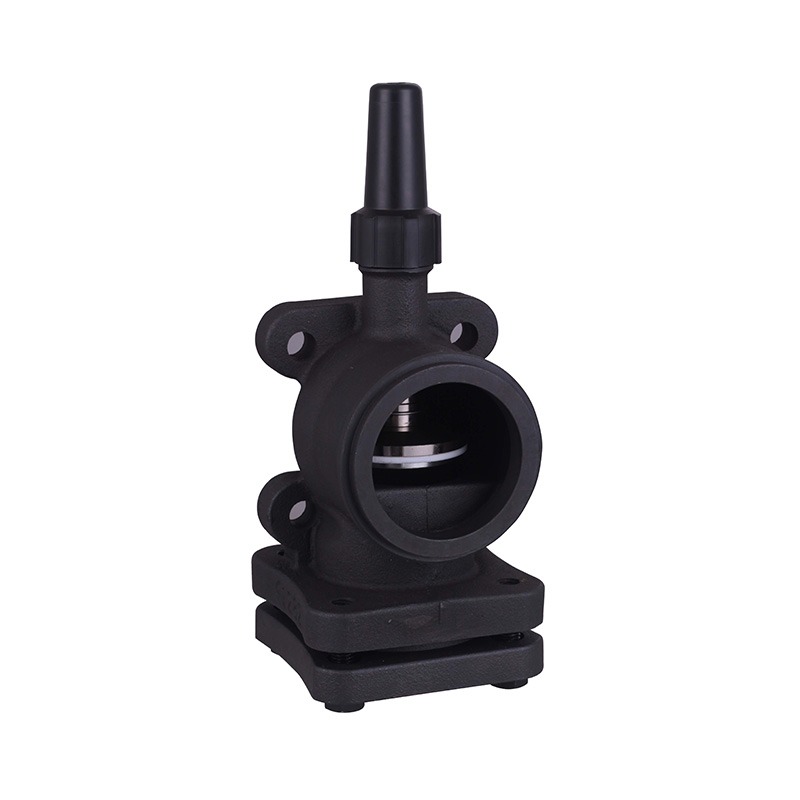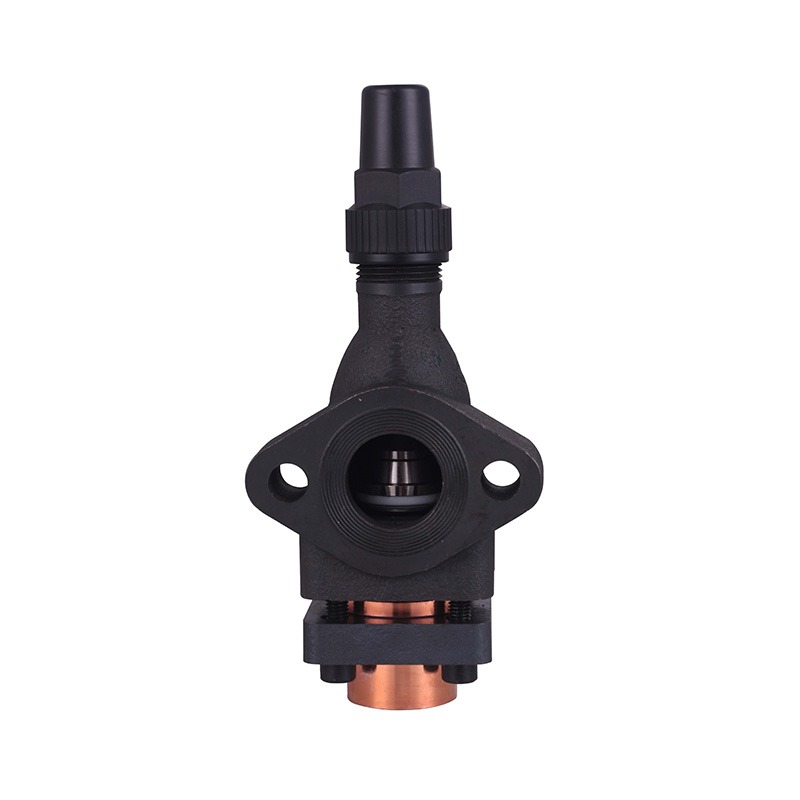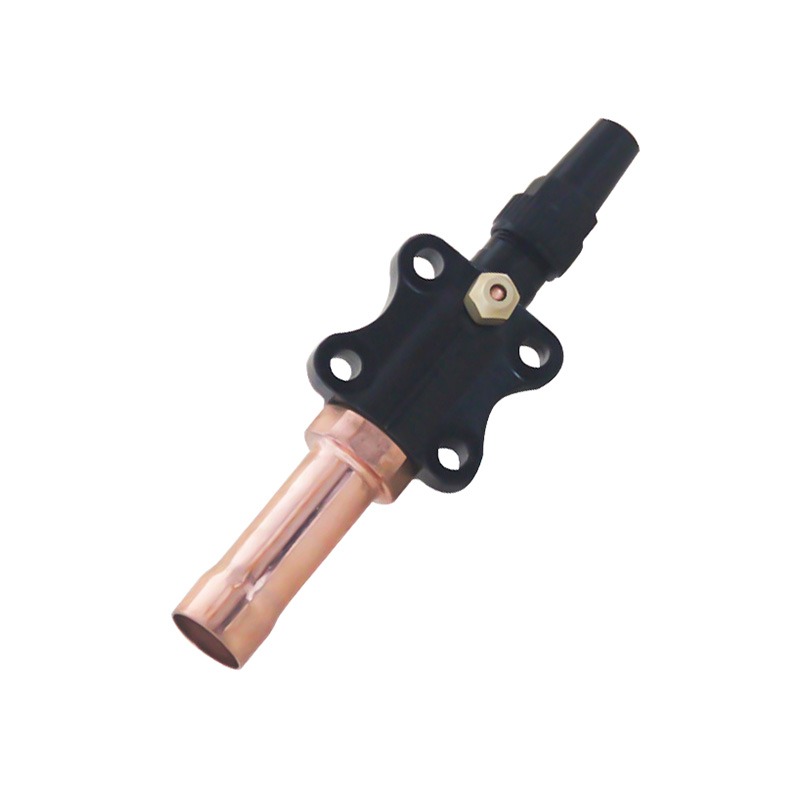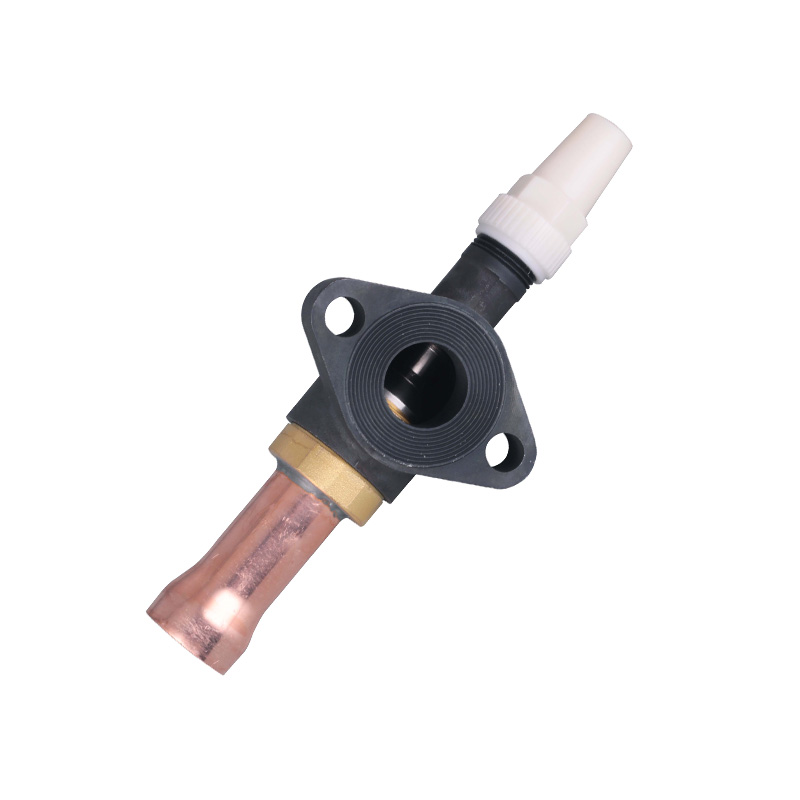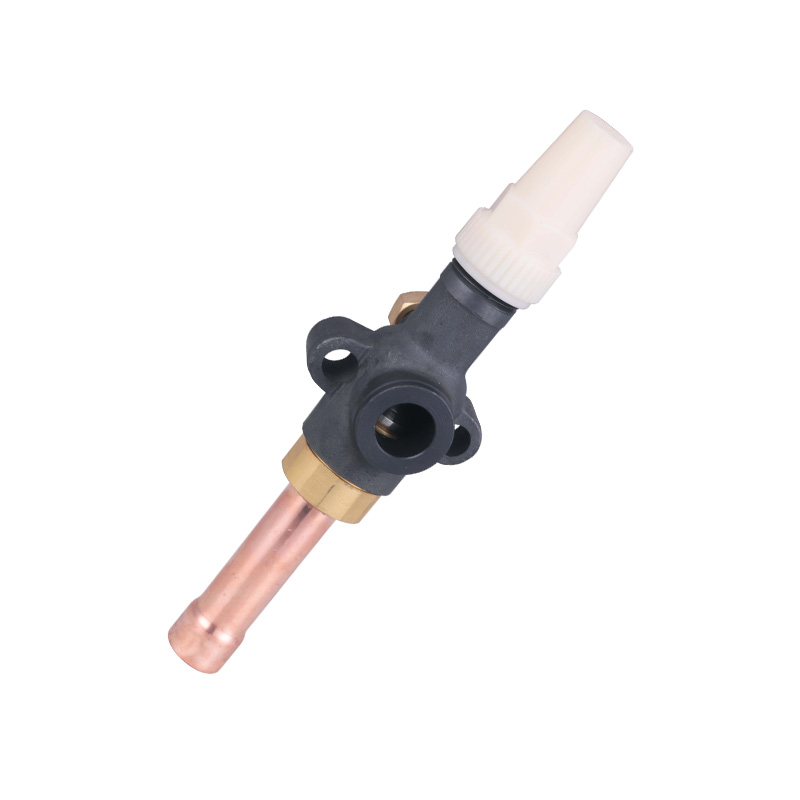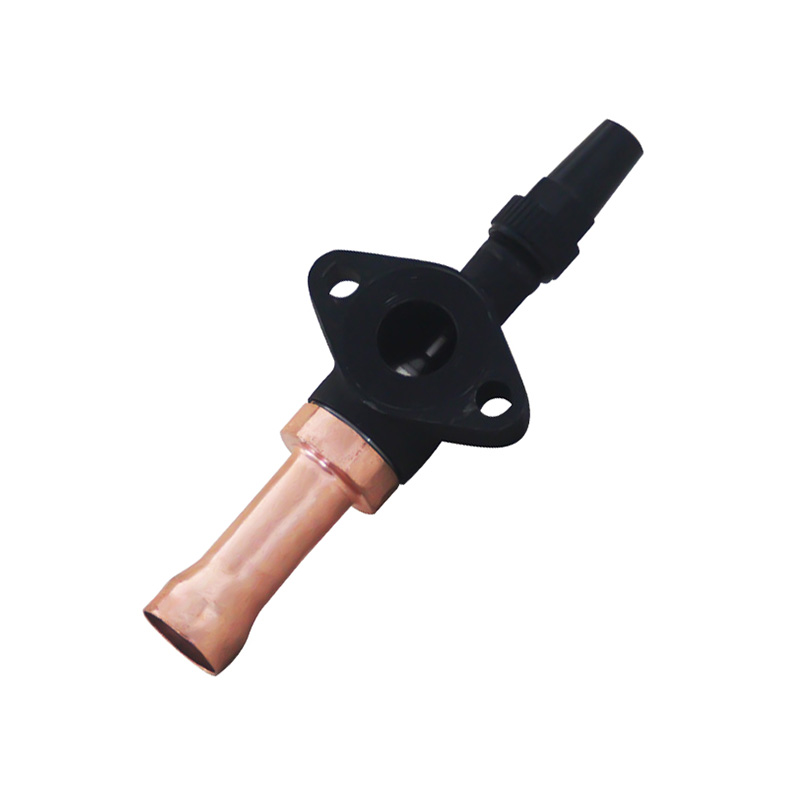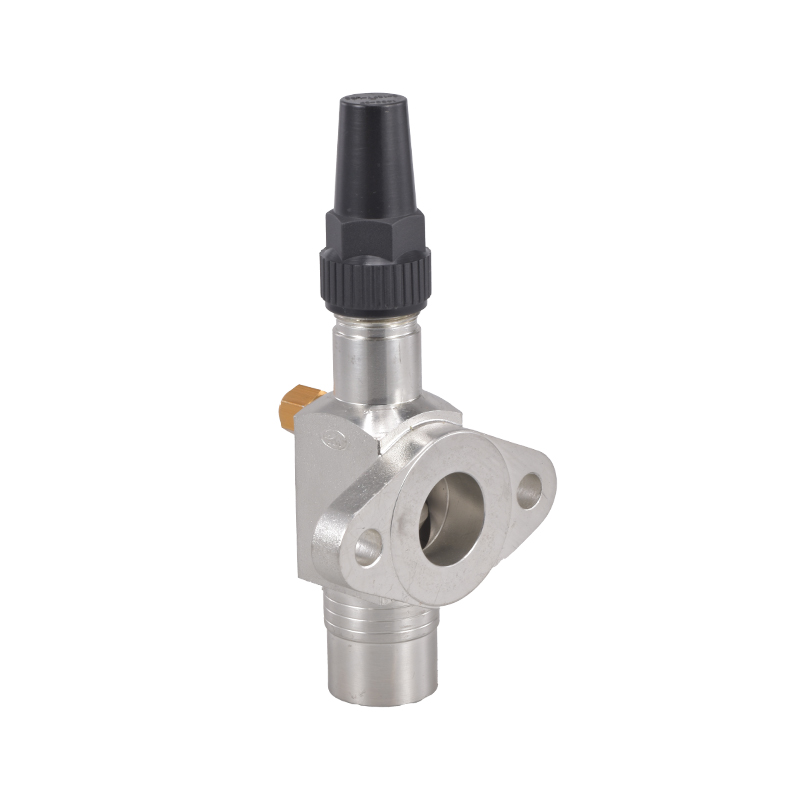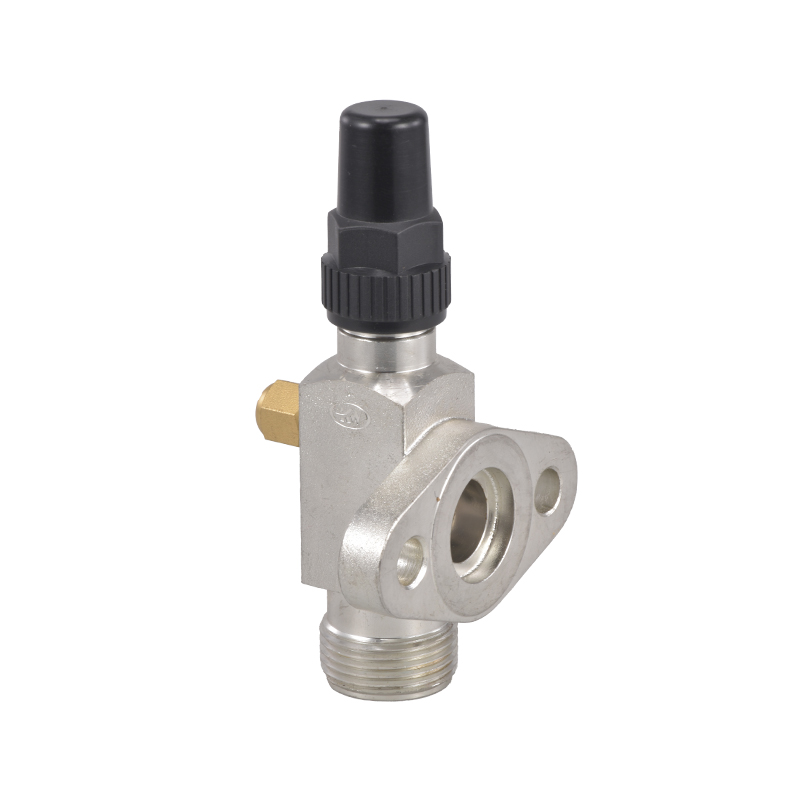How Cold Storage Equipment is Evolving Across Industries?
 By Admin
By Admin
As demand grows for more energy-efficient, smarter, and scalable cold storage solutions, let's explore this essential equipment through three core angles: technology advancements, diverse applications, and smart procurement.
1. Technological Advancements in Cold Storage Equipment
Modern cold storage equipment is no longer limited to basic walk-in freezers or industrial chillers. Today, technological innovation is transforming refrigeration into a sophisticated science. With the integration of IoT (Internet of Things), real-time temperature tracking, humidity control, and automated alerts have become standard features.
Advanced cold storage systems now offer:
Precision temperature control from -40°C to +15°C to accommodate a wide range of products.
Energy-efficient compressors and inverter technology, reducing electricity bills and carbon footprint.
Remote monitoring systems that notify users via smartphone or computer in case of malfunctions or temperature shifts.
One emerging trend is the use of modular cold storage equipment, allowing facilities to expand or reconfigure their storage capacity with minimal downtime. This flexibility makes it easier for growing businesses to adapt without heavy infrastructure investment.
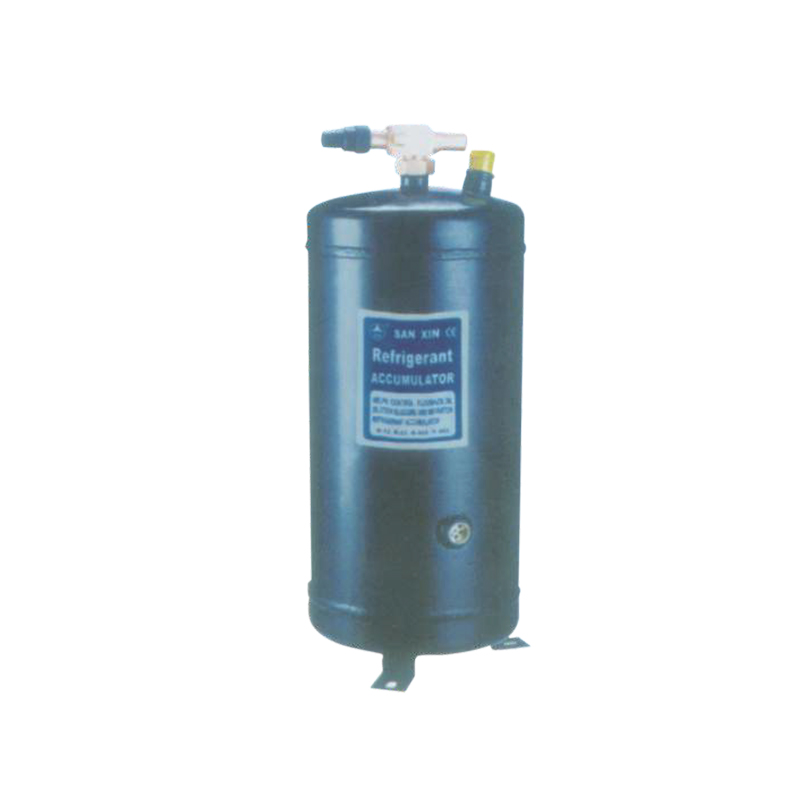
2. Where Cold Storage Equipment Matters Most
While cold storage equipment is often associated with supermarkets and warehouses, its relevance extends far beyond food storage.
In the pharmaceutical sector, vaccines, insulin, and biologics require strict temperature compliance, making reliable cold storage not only essential but regulated. Any temperature excursion can lead to product spoilage, costly recalls, or even legal penalties.
In hospitality and food services, commercial kitchens, hotels, and catering operations depend on dependable cold storage to ensure food safety and compliance with health codes.
Logistics companies and e-commerce platforms are also expanding their cold chain infrastructure to meet rising consumer demand for fresh and frozen goods delivered to their doorsteps. Without robust cold storage equipment, maintaining quality through last-mile delivery is virtually impossible.
Even agriculture and floral businesses use cold storage to extend the shelf life of perishable items during transport or distribution.
3. Energy Efficiency, Capacity, and Total Cost of Ownership
For businesses looking to invest in cold storage equipment, buying decisions should be based not just on upfront price but on overall efficiency and long-term ROI.
Here are key factors to consider:
Energy ratings and certifications: Look for ENERGY STAR–certified models or similar regional standards that guarantee lower energy use.
Capacity vs. usage: Oversizing leads to wasted energy; undersizing can risk product spoilage. Accurate usage forecasting is essential.
Maintenance and support: Choose suppliers that offer prompt service, easy access to replacement parts, and optional extended warranties.
In recent years, businesses have started adopting solar-powered cold storage equipment in off-grid or remote regions. These units help reduce energy dependency and offer a sustainable solution where consistent electricity supply is a challenge.
As governments increase regulation around energy consumption and carbon emissions, having efficient and compliant cold storage systems can also give companies a competitive edge, both economically and environmentally.
The Cold Truth About Smart Storage
From farm to pharma, cold storage equipment is a silent workhorse that keeps supply chains running, reduces waste, and protects public health. As technology evolves and sustainability takes center stage, selecting the right cold storage solutions will become increasingly critical for business success.
Whether you're outfitting a grocery chain, building a vaccine warehouse, or scaling a food delivery startup, investing in the right cold storage equipment is more than smart—it's strategic.




 English
English русский
русский Deutsch
Deutsch
